At one time, Teotihuacán, was not only the largest city in Mexico, but also one of the largest cities in the world. Construction of this city, which is located to the northeast of present-day Mexico City, was started about 2,200 years ago. By 1,500 years ago Teotihuacán had a population of about 250,000 people, making it the sixth largest city in the world at that time. It covered an area of about 12 square miles.
One of the things that made Teotihuacán unusual at this time was that it was a planned city, laid out on an enormous grid plan. The city was supported by an agricultural system that included terraces and irrigation canals.
We don’t know who built Teotihuacán, what they called themselves, or what the people who lived in the city called it. The Aztec gave it the name Teotihuacán indicating that it was the birthplace of the gods. The Aztec also named some of the prominent architectural features of the city, including the Pyramid of the Sun and the Pyramid of the Moon. On the other hand, the Maya who lived to the south of the Valley of Mexico, had glyphs for the city which refer to it as the “Place of the Reeds.”
Teotihuacán was the center of industry in Mexico. The city was the home to many potters, jewelers, and craftspeople. Obsidian artifacts are just one of the products that were produced in great numbers by the city’s craftspeople. In their Encyclopedia of Ancient Mesoamerica, Margaret Brunson and Stephen Brunson write:
“It linked vast cultural regions with trade and with a steady flow of arts and crafts that directed the development of local ceramic industries.”
After 200 CE, large apartment buildings, an architectural form unique in Mesoamerica, were constructed in the city. Archaeologists have identified more than 2,000 apartment complexes. In their book Mexico: From the Olmecs to the Aztecs, Michael Coe and Rex Koontz report:
“All compounds known were one-storied affairs, with roofs built from beams and small sticks and twigs, overlain by earth and rubble. Doorways were rectangular and covered by a cloth.”
The apartment complexes contain workshops which suggest craft specialization by lineage.
Teotihuacán appears to have been a multiethnic city. It was laid out with distinct quarters for ethnic groups such as the Zapotec, Mixtec, Maya, and Nahua.
The decline of Teotihuacán after 535-536 CE appears to be correlated with a prolonged drought coupled with internal unrest and increased warfare. The city was deliberated and systematically destroyed. Michael Coe and Rex Koontz also report:
“Along with political and economic factors, stress on the environment could have played a role in the decline of the metropolis.”
Environmental factors may have included the increasing aridity of the region at this time, the exhaustion of agricultural lands, and the loss of timber due to overharvesting.
While the city collapsed, its fame and importance lived on. Margaret Brunson and Stephen Brunson write:
“Even after Teotihuacan collapsed, the city was revered as a holy place and as the site upon which miracles of the human spirit had taken place.”
The San Bernardino County Museum in Redlands, California, has a display of Mesoamerican artifacts which includes items from Teotihuacán.
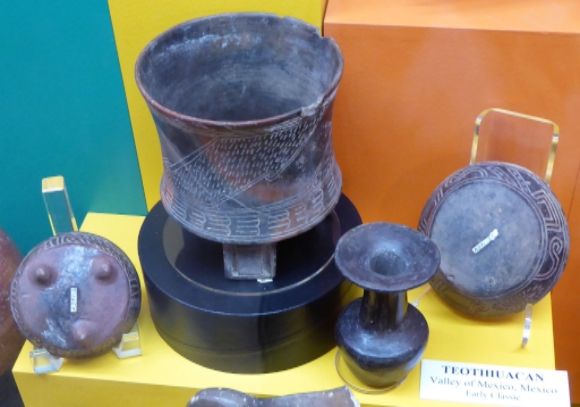
 The pieces shown above are from the Early Classic.
The pieces shown above are from the Early Classic. 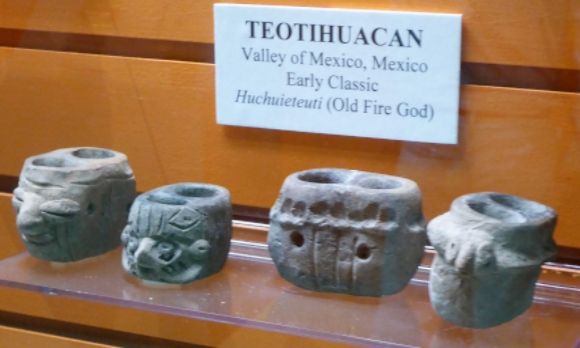 The pieces shown above are from the Early Classic.
The pieces shown above are from the Early Classic.
The Los Angeles County Museum of Natural History also has an interesting open-chest figure from Teotihuacán on display.
According to the Museum display:
“This two-piece Teotihuacan figure’s chest opens to reveal what lies inside. Some scholars believe it expresses the indigenous idea of the nahual, a ‘double’ that all humans possess into which they can transform. Others think it represents a goddess of the earth who protects fallen warriors.”
Ancient America
This series explores the Americas prior to the European invasion.
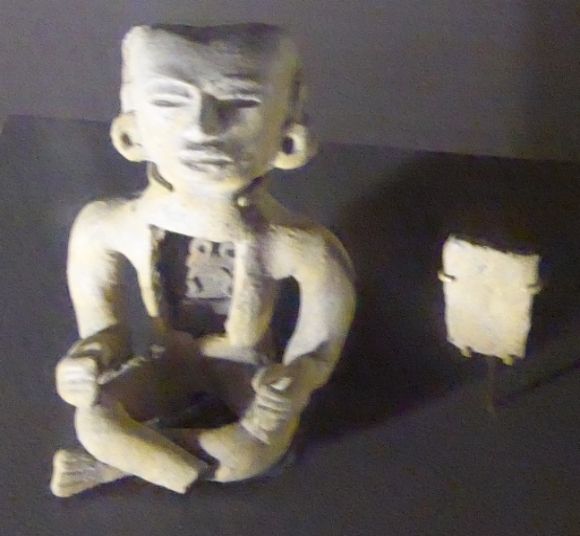
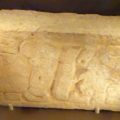
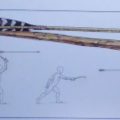
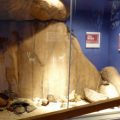

Leave a Reply